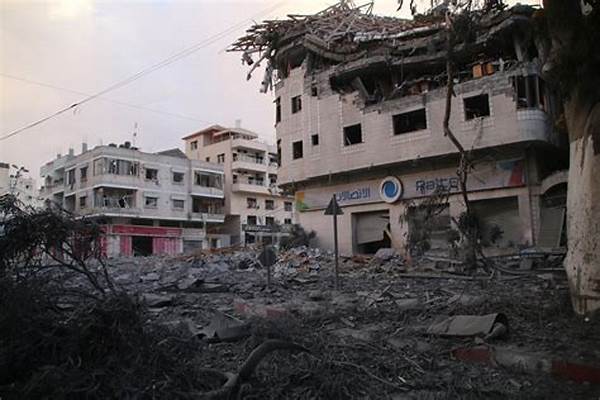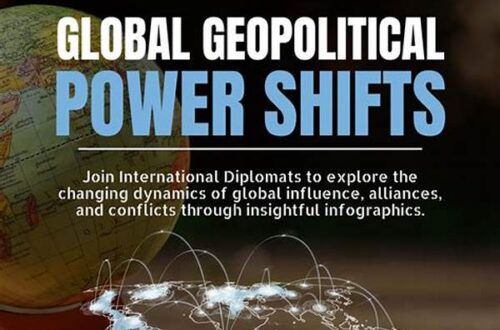The phenomenon of protected area destruction in war zones is an increasingly urgent global issue. Armed conflicts not only harm human lives but also inflict significant damage on the environment, particularly on areas designated for conservation. These protected areas, meant to safeguard biodiversity, face devastation through direct military action, neglect, and exploitation during wartime. The consequences extend far beyond immediate destruction, leading to long-term environmental degradation that complicates post-conflict recovery efforts.
The Impact on Biodiversity
Protected area destruction in war zones poses a significant threat to biodiversity. Conflict often results in deforestation, habitat destruction, and the disruption of conservation activities. When a protected area becomes embroiled in warfare, not only are the natural landscapes ravaged, but the flora and fauna that depend on these ecosystems suffer tremendous losses. This destruction disrupts the ecological balance and can lead to the extinction of endangered species. Furthermore, military operations may introduce pollutants and other disturbances that exacerbate the deterioration of these areas. As such, the protected area destruction in war zones necessitates urgent attention and intervention to mitigate its detrimental impact on global biodiversity.
Socio-economic Ramifications
The socio-economic implications of protected area destruction in war zones are profound. Firstly, the loss of natural resources compromises local livelihoods dependent on forestry, agriculture, and ecotourism. Secondly, the destruction undermines community resilience, leaving populations with fewer means to recover or adapt. Thirdly, efforts to rebuild war-torn regions are hindered by the loss of ecosystem services that previously contributed to economic stability. Fourthly, the long-term recovery of affected communities is further challenged by the diminished natural resources. Lastly, globally important conservation efforts face setbacks due to the redirection of resources towards conflict management.
Long-term Environmental Consequences
The repercussions of protected area destruction in war zones extend beyond immediate damage, resulting in profound long-term environmental consequences. Land degradation, soil erosion, and water contamination are often the outcomes of such conflicts. These issues compromise the regenerative capacity of ecosystems, leading to desertification and reduced agricultural productivity. Ultimately, the environmental recovery process becomes complex and prolonged, requiring significant international cooperation and investment. Addressing the consequences of protected area destruction in war zones demands a strategic framework aimed at restoring ecological integrity and preventing future conflicts.
Legal and Ethical Considerations
From a legal standpoint, the destruction of protected areas during wartime contravenes numerous international agreements and conventions. The Geneva Conventions and various environmental treaties emphasize the protection of natural habitats during armed conflicts. However, enforcement remains a considerable challenge due to the chaotic nature of war. Ethically, the international community bears a responsibility to safeguard natural heritage, ensuring its preservation for future generations. The continual occurrence of protected area destruction in war zones calls for strengthened legal instruments and robust monitoring mechanisms to hold perpetrators accountable.
Mitigation and Restoration Strategies
To combat the protected area destruction in war zones, a multifaceted approach is essential. Collaborative efforts among nations can facilitate the establishment of buffer zones and demilitarized regions, reducing the likelihood of conflict-related environmental damage. Additionally, investing in capacity-building for local communities enhances their resilience and promotes sustainable land-use practices. Post-conflict, ecological restoration programs with adequate funding and expertise can help rehabilitate damaged habitats. These initiatives should prioritize biodiversity conservation and include ongoing monitoring to evaluate recovery success.
International Cooperation and Policy Frameworks
The role of international cooperation in addressing protected area destruction in war zones cannot be overstated. Developing cohesive policy frameworks that incorporate environmental considerations into conflict resolution protocols is vital. Such policies must advocate for the integration of conservation into peacekeeping and post-conflict reconstruction efforts. By doing so, the global community can better protect vulnerable ecosystems and increase the likelihood of sustainable peace. Ultimately, these frameworks should emphasize that environmental preservation is paramount to achieving long-term stability and prosperity.
Summary: A Call to Action
In conclusion, the issue of protected area destruction in war zones demands immediate global attention and concerted action. The adverse effects on biodiversity, socio-economic stability, and long-term environmental health underscore the urgency of this challenge. The international community must prioritize the development of comprehensive strategies that integrate environmental protection into conflict resolution and peacebuilding efforts. By fostering cooperation, reinforcing legal frameworks, and implementing effective restoration programs, it is possible to mitigate the devastating impacts of warfare on protected areas. Ultimately, preserving these vital ecosystems is not only a moral obligation but also a crucial step towards securing a sustainable future for all.





